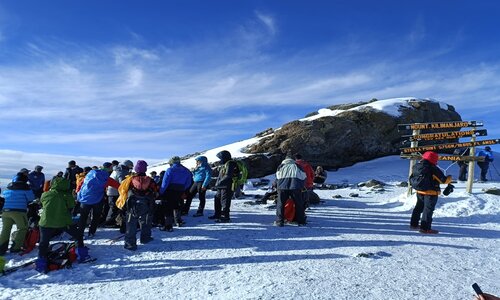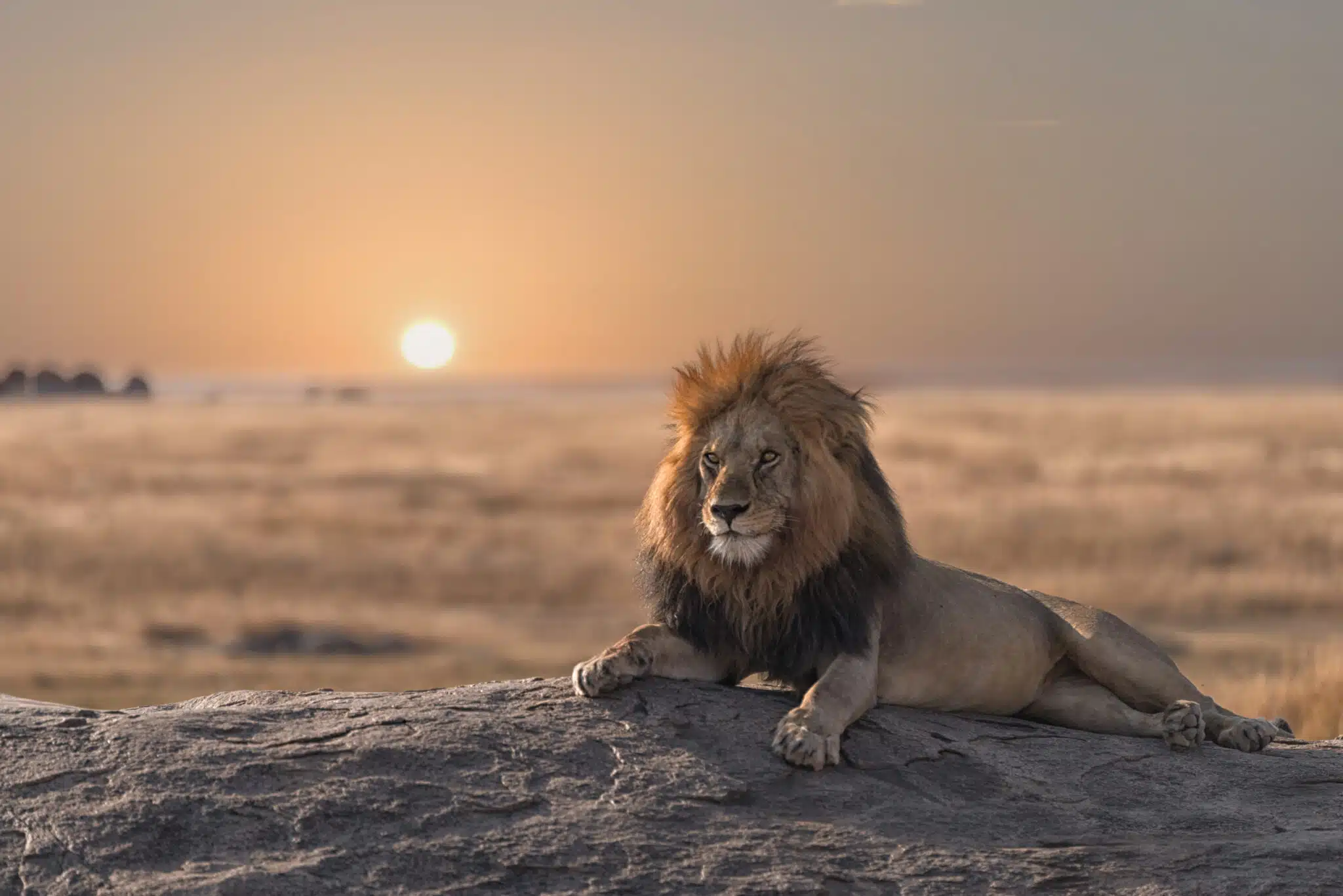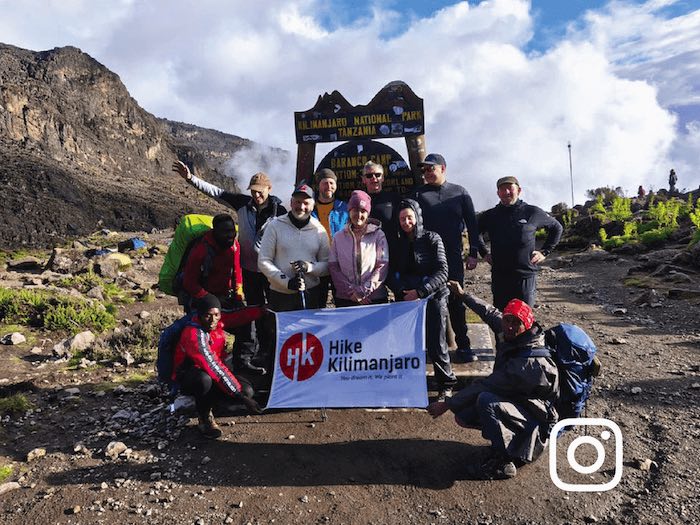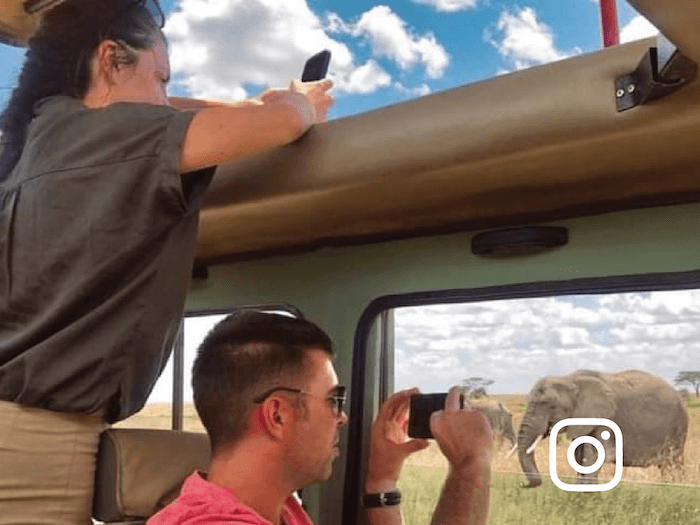The Endless Plain
Serengeti National Park
About Serengeti National Park
Serengeti National Park, located in northern Tanzania, is one of the most iconic wildlife destinations in the world, covering approximately 14,763 square kilometers. It forms the heart of the larger Serengeti ecosystem, which spans into Kenya’s Maasai Mara, and is renowned for hosting the awe-inspiring Great Migration, one of the planet’s most dramatic wildlife spectacles. The park’s vast, open plains, dotted with acacia trees and rocky outcrops known as kopjes, provide a quintessential African safari setting. Serengeti’s elevation ranges from around 920 meters to 1,850 meters above sea level, offering a mix of savannah, woodlands, and riverine habitats.
This ecological diversity supports an extraordinary abundance of wildlife. Visitors can expect to see the “Big Five”, lion, elephant, leopard, buffalo, and rhino, along with cheetahs, hyenas, crocodiles, giraffes, zebras, and over 500 species of birds.
The central Seronera Valley is rich in resident wildlife year-round, while the southern plains offer calving grounds during the early months of the year. The western corridor and northern Serengeti become migration hotspots from May to October, attracting thousands of wildebeest, zebras, and gazelles followed by predators. Whether you’re visiting for the migration or exploring its quieter corners, Serengeti offers an unmatched safari experience rooted in raw nature and dramatic beauty.
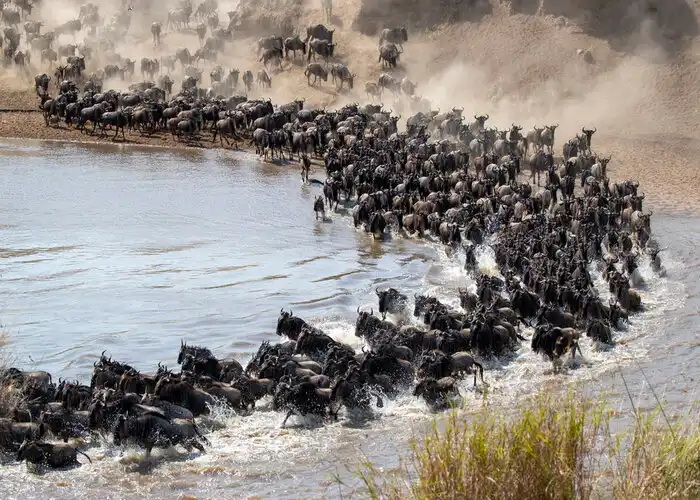
Wildlife of Serengeti National Park
Serengeti National Park is globally celebrated for its extraordinary concentration and diversity of wildlife. It is home to more than 3 million large mammals and over 500 bird species, making it one of the richest ecosystems on Earth. The park is perhaps most famous for the Great Migration, during which over 1.5 million wildebeest, 200,000 zebras, and 300,000 gazelles move in a circular journey across the plains in search of fresh grazing and water, closely followed by lions, cheetahs, hyenas, and other predators.
Throughout the year, Serengeti supports healthy populations of the Big Five: lions, leopards, elephants, buffalo, and the critically endangered black rhinoceros. The open savannahs and woodlands are also home to giraffes, hippos, crocodiles, warthogs, jackals, servals, and bat-eared foxes. Birdwatchers can enjoy sightings of kori bustards, secretary birds, lilac-breasted rollers, ostriches, and a variety of raptors and waterbirds near rivers and seasonal pools.
What makes the Serengeti especially remarkable is the opportunity to witness predator-prey interactions and massive herds moving across the landscape an experience that captures the raw drama of nature. Whether during calving season in the southern plains or river crossings in the north, Serengeti offers unforgettable encounters for wildlife enthusiasts, photographers, and nature lovers alike.
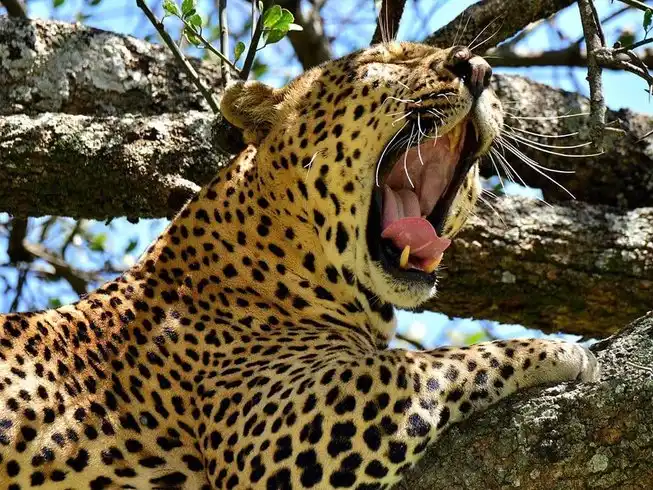
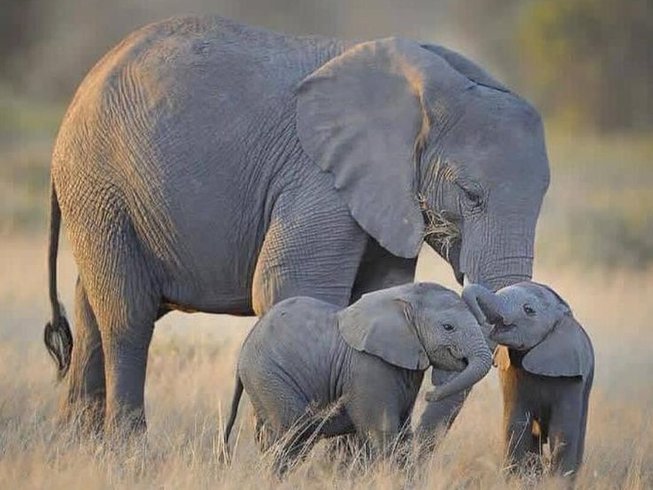
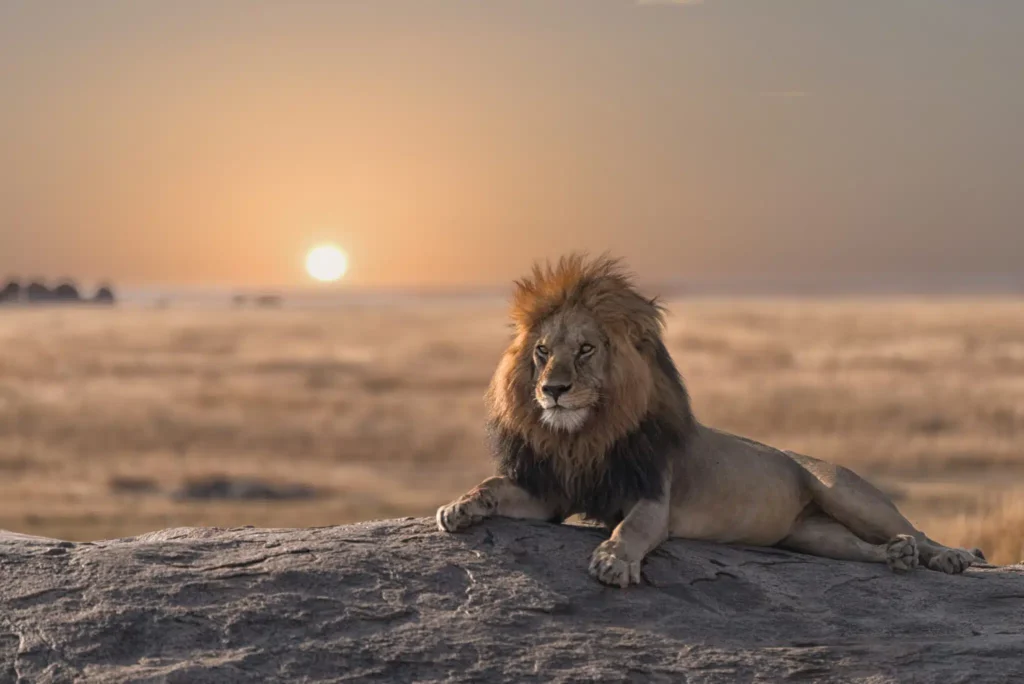
Serengeti National Park’s Key Attractions and Activities
Serengeti National Park offers a wide array of unforgettable experiences that cater to wildlife lovers, adventure seekers, and photographers alike. The park’s most iconic highlight is the Great Migration, an awe-inspiring spectacle of over a million wildebeest, zebras, and gazelles moving across the plains, with dramatic river crossings in the Grumeti and Mara Rivers often accompanied by intense predator action. Timing your visit with this phenomenon is a once-in-a-lifetime opportunity.
Game drives are the most popular activity in Serengeti, offering exceptional chances to spot the Big Five lion, leopard, elephant, buffalo, and rhino, as well as cheetahs, hyenas, giraffes, and an extraordinary variety of birds. Sunrise and sunset game drives allow for striking photographic opportunities against the backdrop of golden savannahs and acacia-dotted plains.
Hot air balloon safaris provide a unique perspective, soaring silently over herds of animals as the sun rises a magical and romantic experience that ends with a champagne breakfast in the bush. For those interested in more exclusive encounters, private camps and mobile safaris allow for immersive wilderness experiences in remote corners of the park.
Whether witnessing a lion hunt, tracking elephants through the woodlands, or gazing at starlit skies from a luxury tented camp, Serengeti National Park delivers some of the most iconic and rewarding safari experiences on the African continent.
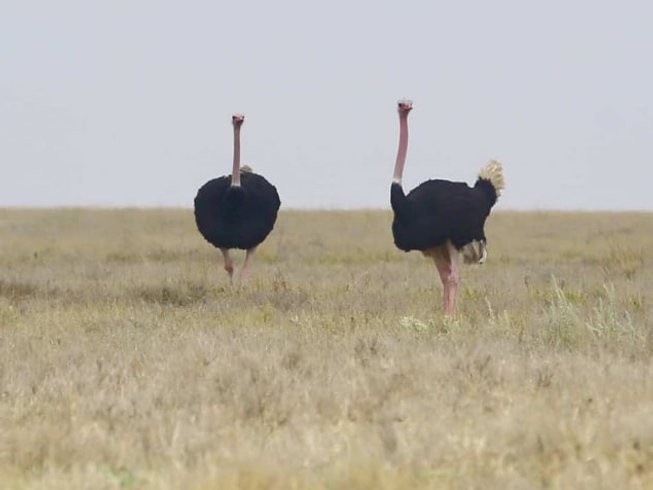
The Origin of the Name "Serengeti National Park"
The name “Serengeti” is derived from the Maasai word Siringet, which roughly translates to “the place where the land runs on forever.” This name perfectly captures the essence of the Serengeti landscape, vast, open plains that stretch endlessly toward the horizon. For generations, the Maasai people have lived in and around the Serengeti ecosystem, relying on the land for grazing livestock and preserving a semi-nomadic pastoral lifestyle in harmony with the natural environment.
The term Siringet reflects not only the geography of the region but also its cultural and spiritual significance to the Maasai. The wide-open plains, teeming with wildlife and marked by seasonal rains, have been central to their way of life. The Serengeti is seen as more than just a physical space, it embodies abundance, continuity, and the deep interconnection between people, land, and animals.
When the area was designated as a national park in 1951, the name “Serengeti” was chosen to honor both the land’s natural grandeur and its long-standing ties to the indigenous Maasai communities. Unlike names that come from colonial designations, Serengeti retains a strong indigenous identity rooted in local language and tradition. Today, Serengeti National Park stands as a global symbol of wildlife conservation and cultural heritage, preserving one of the world’s most iconic ecosystems while honoring the people who have known and named it for centuries.
Choosing the Best Kilimanjaro Climbing Route
Which is the Best for You?
Deciding how to explore Serengeti National Park depends on your interests, fitness level, and the time you have available. Whether you want to witness the iconic wildlife migration, enjoy classic game drives, or try a walking safari, Serengeti offers a wide range of experiences to suit every traveler.
For those seeking a classic safari experience, game drives across the vast plains provide outstanding opportunities to see the “Big Five”, lions, elephants, buffaloes, leopards, and rhinos, along with abundant other wildlife. These drives are perfect for families and those who prefer a comfortable way to immerse themselves in the park’s diverse ecosystems.
If you’re looking for a more active and intimate adventure, guided walking safaris allow you to explore the Serengeti’s varied landscapes up close, spotting smaller animals, birds, and tracking wildlife on foot. For extended stays, seasonal migration tours offer an unparalleled spectacle of millions of wildebeest and zebras moving through the park, a must-see for avid nature lovers.
Ultimately, your best Serengeti experience depends on your interests, stamina, and the kind of connection you want with this remarkable wilderness. Combining game drives, walking safaris, and migration viewing can create a truly unforgettable visit tailored just for you.
These full and frank reviews are from travelers who have traveled with Hike Kilimanjaro previously. The reviews and experiences shown here are from reputable travel websites like TripAdvisor, Google, Facebook, and Trust Pilot, etc.
EXCELLENTVerified "This 3-day luxury safari combined with a Kilimanjaro hike exceeded all my expectations. "This 3-day luxury safari combined with a Kilimanjaro hike exceeded all my expectations. The accommodations were elegant and comfortable, and the guides were knowledgeable and friendly. The safari offered incredible wildlife photography opportunities, and climbing Kilimanjaro was a true test of endurance and strength, but the stunning vistas made it all worthwhile. An exceptional journey that I will cherish forever."Posted onVerified "My entire expectations were surpassed by climbing Kilimanjaro. "My entire expectations were surpassed by climbing Kilimanjaro. When one reaches Uhuru Peak, the sensation of accomplishment is indescribable. Because of the well-planned logistics, the amiable crew, and the breathtaking environment, the entire hike was easy and fun. It is a very remarkable event that I would gladly repeat. For adventurers, it's a must.Posted onVerified Tanzania truly offers a world-class experience. "My trek up Mount Kilimanjaro in Tanzania exceeded all my expectations. The stunning scenery, from lush rainforests to icy glaciers, was awe-inspiring. The local guides and porters were incredibly supportive and professional, ensuring a safe and enjoyable climb. It was challenging but incredibly rewarding. Tanzania truly offers a world-class experience for anyone looking to conquer Africa’s highest peak."Posted onVerified I feel accomplished and thankful. Kilimanjaro climbing was satisfying and difficult at the same time. Along the way, there was breathtaking natural splendour and a variety of diverse habitats. The guiding team's assistance was outstanding and got us through some really difficult times. After completing this amazing journey, I feel accomplished and thankful.Posted onVerified Thanks to their knowledgeable advice. From beginning to end, Hike Kilimanjaro offered a smooth and well-planned trip. Their staff made sure we were at ease and ready by being helpful and considerate. Thanks to their knowledgeable advice, climbing Kilimanjaro was difficult but incredibly gratifying. They are the ones I would most certainly pick again for excursions in the future.Posted onVerified "An amazing and well-planned adventure. "An amazing and well-planned adventure! The climb was fun and safe because of the team's experience and upbeat demeanour. I was encouraged by the journey and pleased to have reached the top of Africa.Posted onVerified Highly recommended this tour agency. Wonderful experience! We had a fantastic trip and enjoyed the entire team; we always felt very protected and taken care of. Highly recommended. I want to thank Keddy in particular; you were the best mentors .Posted onVerified "My Kilimanjaro trek was an extraordinary experience. "My Kilimanjaro trek was an extraordinary experience. The route was well-organized, and the staff was attentive and encouraging throughout the climb. The sense of accomplishment upon standing on the summit was overwhelming. The scenery, the challenge, and the sense of connection with nature made this hike truly special. I highly recommend it to anyone looking for a once-in-a-lifetime adventure."Posted onVerified Well Organized and Unforgettable. Hiking Kilimanjaro with a well-run tour company was an incredible experience. The crew was courteous and made sure we were fed, acclimated, and inspired at every stage. The support from porters and guides, as well as the companionship among hikers, helped to make the difficult days bearable. It was weird to be at the top above the clouds. Undoubtedly a life-long accomplishment I will always treasure.Posted onVerified Top notch safari The customer service is on point. Drivers were there to pick us up on time. We saw all the big 5 in Serengeti /Ngorongoro Crater.The accommodation booked Embalakai had great food and staff.Couldn't have asked for a better safari experience. Top notch
Speak to an Expert
Need assistance with your booking? Our friendly Tanzania-based expert team is here to help. Feel free to reach out with any travel-related questions or concerns.

Maxon

- WhatsApp +255 692 406 444


